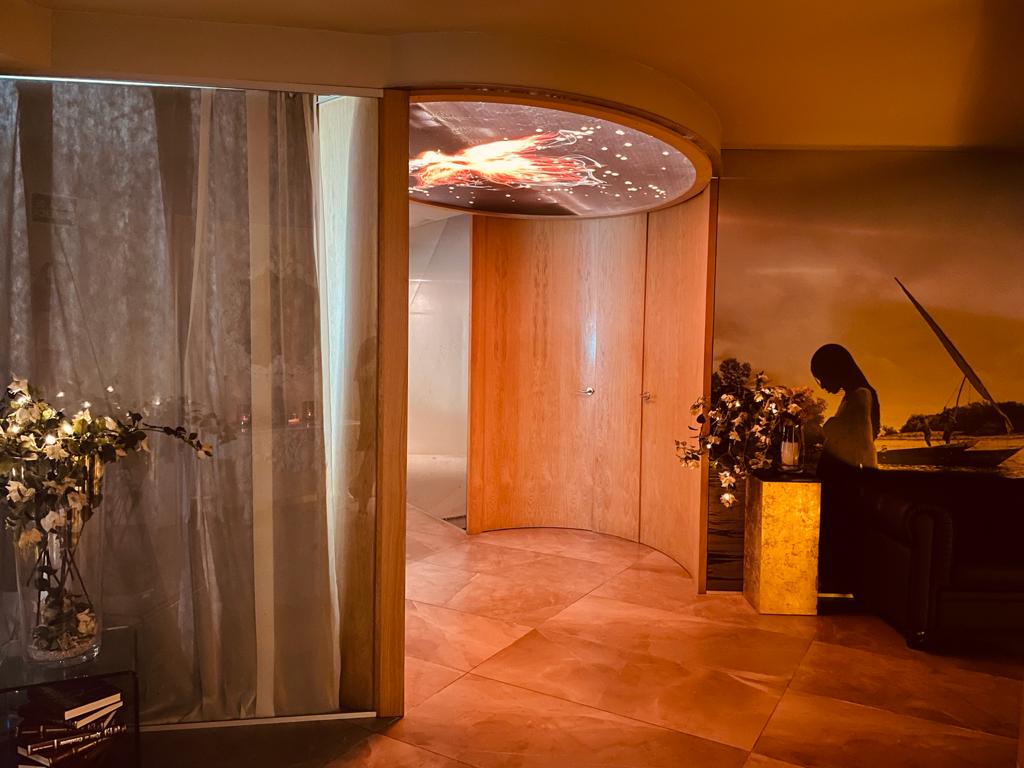When the massage begins, the therapist will use a combination of gentle and deep strokes to relax the body. Depending on your individual needs, certain techniques can be used to focus on specific areas of tension. Generally, the therapist will use Swedish massage techniques, which consist of long, gentle but firm movements. It can also incorporate effleurage (long strokes), tapotement (light tapping), petrissage (kneading) and vibration.
During the massage, the therapist will make sure you are comfortable on the massage table. You can also place pillows or cushions under your body to provide additional support during the session. The therapist will work within your range of motion, but will not push you beyond what you are comfortable with.
At the end of the massage, the therapist will give you some tips for after the treatment. You can include stretching or exercises to help maintain the relief experienced during the massage session. It is important to follow the therapist’s advice and ensure that all areas worked are stretched correctly and gently. If you have any doubts or questions about the massage, it is a good idea to discuss them with the therapist.







